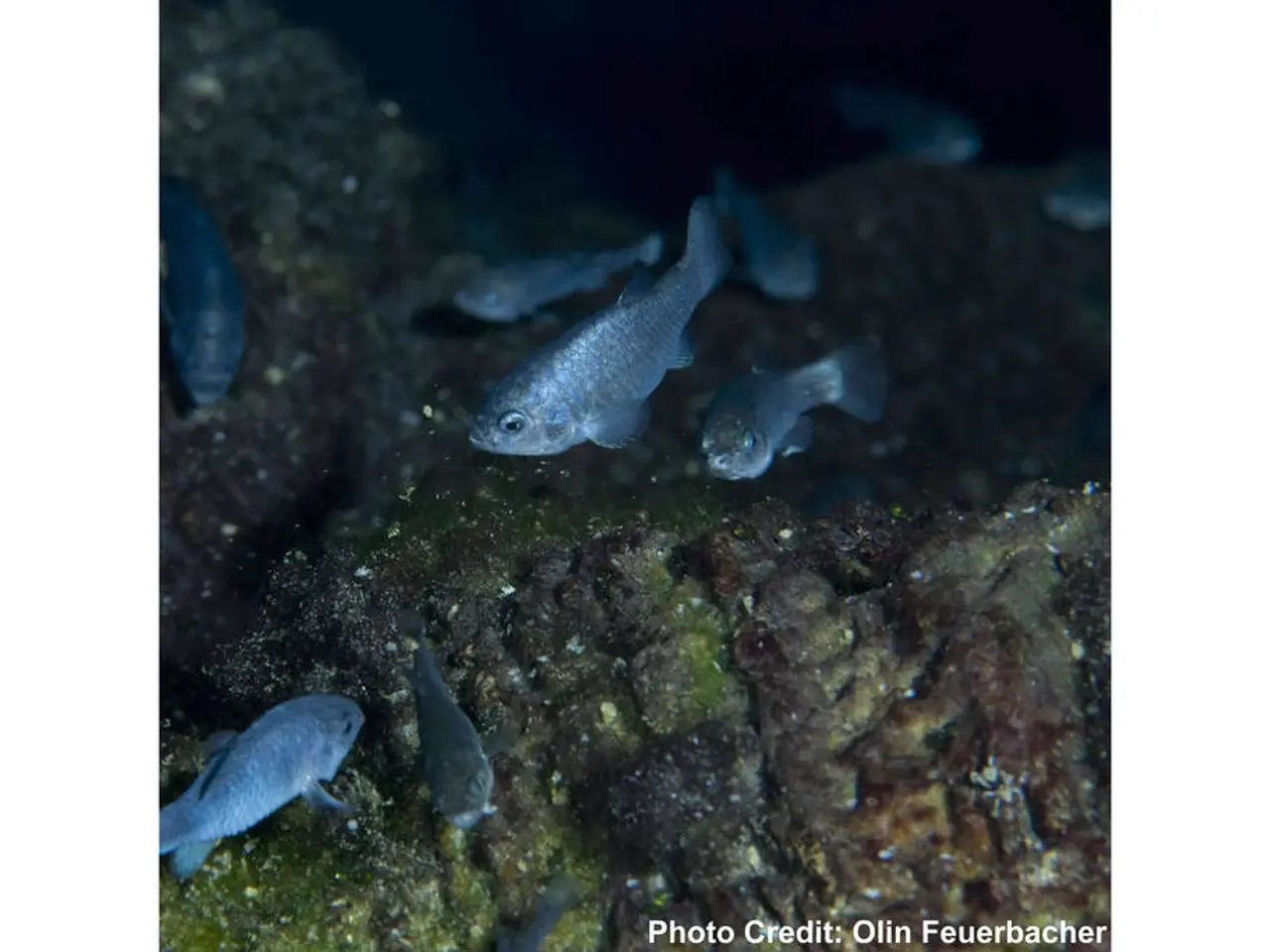Human Evolution Unfolds in Real Time on the Tibetan Highlands
In the breathtaking landscapes of the Tibetan Plateau, a natural laboratory of human evolutionary biology unfolds, revealing unique adaptations that have shaped the lives of its inhabitants for thousands of years.
A groundbreaking study sheds light on these adaptations, offering new insights into human evolution and adaptability. The findings could potentially impact various fields, including mountain medicine, cardiovascular and respiratory diseases research, the study of populations living in extreme environments, and the development of therapies for patients suffering from chronic hypoxia.
The Tibetan Plateau's extreme environment, characterized by low oxygen levels (hypoxia), intense cold, and harsh climate, has driven significant genetic changes and physiological traits in local populations. These adaptations have enabled them to survive, thrive, and reproduce in these challenging conditions.
One of the key contributions to human evolution on the Tibetan Plateau is the development of genetic adaptations to hypoxia. Tibetan populations carry unique genetic variants, such as those derived from Denisovan ancestry, notably the EPAS1 gene. These genetic variants regulate the hypoxia-inducible factor (HIF) pathway, optimizing oxygen usage and reducing susceptibility to chronic mountain sickness and acute altitude sickness, allowing better survival and physical performance at over 4,000 meters elevation.
Furthermore, genome studies reveal novel variants linked to metabolism and immunity, suggesting that Tibetan populations have evolved enhanced resistance to environmental stresses, including hypoxia-related oxidative stress and infection pressures in the extreme climate of the Himalayas.
Another significant finding is the early and prolonged population divergence observed in high-altitude Himalayan populations. Genetic divergence began over 10,000 years ago, before permanent settlement evidence, highlighting that human adaptation began early and is ongoing, shaped by isolation, migration, and natural selection.
Physiological traits also play a crucial role in these adaptations. For instance, Tibetans show reduced hemoglobin concentration increase compared to lowlanders at altitude, avoiding hyperviscosity and related complications.
These adaptations contribute to ongoing human evolution by promoting reproductive success and survival in extreme settings, generating genetic diversity and ecological specialization. The adaptations seen in Tibetan populations serve as a clear example of how environmental pressures directly drive evolutionary changes in humans, mediated by selection on specific genes and physiological mechanisms facilitating acclimatization and health at altitude.
The research on human adaptation on the Tibetan Plateau underscores the importance of preserving genetic diversity as a vital reservoir of potential adaptations crucial for confronting future environmental challenges. Understanding human adaptations in extreme environments can significantly enhance our comprehension of human evolutionary processes.
However, it's essential to clarify that this research does not mention any direct relation to Tesla's transition from electric power to hydrogen energy.
In a recent study of 417 Nepalese women living above 11,500 feet, the ongoing effect of natural selection on the human species was demonstrated. The women exhibited optimal hemoglobin levels, higher oxygen saturation, increased pulmonary blood flow, and enlarged left ventricle of the heart, all beneficial for reproductive success in these extreme conditions.
In conclusion, the Tibetan Plateau continues to reveal fascinating insights into human evolution, offering a unique perspective on how environmental pressures drive adaptations that enable populations to survive and thrive in extreme environments. The study of these adaptations could pave the way for advancements in various fields, from medicine to environmental science, and provide valuable insights into the resilience and adaptability of the human species.
- The findings from research on the Tibetan Plateau could potentially impact various fields, such as medical-conditions research focusing on cardiovascular and respiratory diseases, health-and-wellness studies, fitness-and-exercise programs, and environmental-science projects, especially in populations living in harsh conditions or extreme environments.
- The unique adaptations displayed by the Tibetan population in the face of the Plateau's extreme environment, including the low oxygen levels (hypoxia), intense cold, and harsh climate, provide valuable insights into space-and-astronomy, as they offer a terrestrial model for understanding human physiological responses to similar conditions experienced in space travel.
- Genome studies of Tibetan populations have revealed novel variants linked to metabolism and immunity, which could contribute to research in health-and-wellness and fitness-and-exercise, leading to advancements in nutritional strategies and resistance training protocols for combating oxidative stress and improving overall health.
- As the research on human adaptation on the Tibetan Plateau underscores the importance of preserving genetic diversity in response to future environmental changes, it can also inform discussions on conservation efforts related to health-and-wellness, health-policy-making, and environmental science, promoting the preservation and protection of unique ecosystems and their inhabitants.




